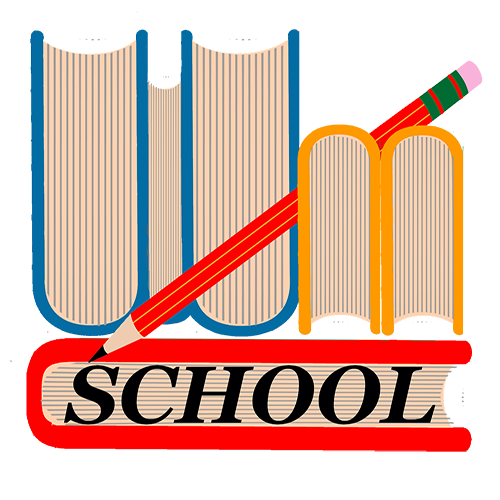- Educational technology :– Technology as a mobile School with laptops to smart boards, physical classrooms to mini to max gadget for teaching are increasingly turning to technology to enhance students’ learning experience.
- Organizational teaching :– Designing Teaching programs in such way that passionate teachers altogether at a single platform. As a concept Providing Education Online 24×7 to helpful students for everything they need from schools.
Physical resources in educational institutions refer to the tangible assets and materials that support teaching, learning, and administrative activities. Here are some common examples of physical resources found in educational institutions:
- Classroom Facilities: Classrooms are essential physical resources in educational institutions. They typically include desks or tables, chairs, whiteboards or blackboards, projectors or smart boards, and audiovisual equipment for presentations.
- Laboratories: Educational institutions, especially those offering science, technology, engineering, and mathematics (STEM) programs, often have specialized laboratories. These may include physics, chemistry, biology, computer, or engineering labs equipped with instruments, apparatus, and materials for practical experiments and research.
- Libraries: Libraries provide students and faculty with access to a wide range of books, reference materials, journals, and digital resources. They typically have study areas, computer workstations, and sometimes private study rooms.
- Computer Labs: Computer labs equipped with desktop computers or laptops allow students to access digital resources, software applications, and the internet. These labs often have network connectivity and printing facilities.
- Sports and Recreational Facilities: Educational institutions may have sports fields, gymnasiums, swimming pools, tracks, and other recreational facilities to promote physical fitness and extracurricular activities.
- Art and Music Studios: Schools and colleges that emphasize arts education provide dedicated spaces for visual arts, drawing, painting, sculpture, and music studios with musical instruments and audio equipment.
- Administrative Offices: These offices serve as the administrative hub of the institution and include spaces for administrative staff, reception areas, meeting rooms, and storage areas for records and documents.
- Auditoriums and Performance Spaces: Larger educational institutions often have auditoriums or performance spaces for assemblies, lectures, presentations, concerts, drama productions, and other events.
- Cafeterias and Dining Areas: Educational institutions may have cafeterias or dining areas where students, faculty, and staff can have meals and socialize.
- Transportation Facilities: Some educational institutions provide transportation services, such as buses or vans, to transport students to and from the campus or for field trips.
- Maintenance and Support Facilities: These include storage areas, workshops, and maintenance facilities for equipment, supplies, and maintenance staff to ensure the upkeep and repair of physical resources.
- Outdoor Spaces: Educational institutions often have outdoor spaces such as courtyards, gardens, playgrounds, and seating areas where students can relax, socialize, or engage in outdoor activities.
These physical resources contribute to creating a conducive learning environment, supporting academic and extracurricular activities, and facilitating the overall functioning of educational institutions.
